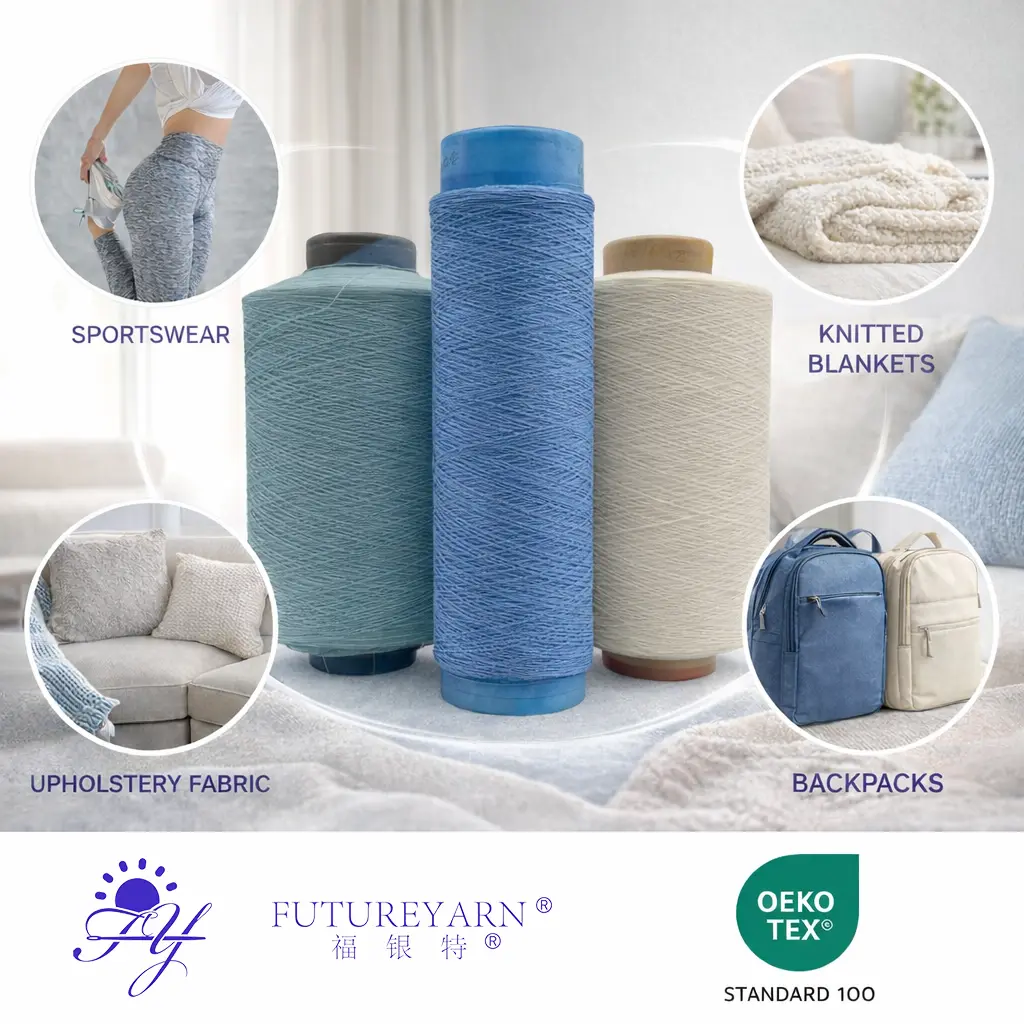In recent years, the conversation surrounding sustainability in the textile industry has gained significant momentum. As consumers become increasingly aware of the environmental impact of their choices, the question arises: Is cotton or silk more sustainable? This inquiry delves into various dimensions of sustainability, including resource consumption, environmental impact, and social implications, providing a nuanced perspective on these two popular fabrics.
Understanding Sustainability in Textiles
Sustainability in textiles encompasses a range of factors, including the cultivation of raw materials, production processes, and the lifecycle of the finished product. It is essential to consider not only the environmental footprint but also the social and economic dimensions that contribute to a fabric's overall sustainability.
Cotton: The Ubiquitous Fiber
Cotton is one of the most widely used natural fibers in the world, prized for its softness, breathability, and versatility. However, its cultivation poses significant environmental challenges.
Water Consumption
One of the most pressing issues with conventional cotton farming is its high water consumption. According to the World Wildlife Fund (WWF), it takes approximately 7,000 liters of water to produce just one kilogram of cotton. This excessive water usage can lead to the depletion of local water sources, particularly in regions already facing water scarcity.
Pesticides and Chemicals
Conventional cotton farming often relies heavily on pesticides and fertilizers, which can have detrimental effects on local ecosystems and human health. The use of these chemicals can lead to soil degradation, water pollution, and harm to biodiversity. However, organic cotton farming practices, which eschew synthetic chemicals, are gaining traction and offer a more sustainable alternative.
Social Impact
The cotton industry also raises significant social concerns, particularly regarding labor practices. In many cotton-producing countries, workers face poor working conditions, low wages, and exploitation. Ethical sourcing and fair trade practices are essential to improving the social sustainability of cotton.
Silk: The Luxurious Alternative
Silk, often associated with luxury and elegance, is derived from the cocoons of silkworms. While it is a biodegradable and renewable resource, silk production also presents unique sustainability challenges.
Resource Intensity
Silk production is resource-intensive, requiring substantial amounts of water and energy. The process of sericulture, or silk farming, involves raising silkworms, which feed on mulberry leaves. This agricultural practice can lead to deforestation and habitat loss if not managed sustainably.
Ethical Considerations
A significant ethical concern in silk production is the treatment of silkworms. Traditional silk production often involves boiling the cocoons to extract the silk, resulting in the death of the larvae. This raises questions about animal welfare and has led to the emergence of alternatives such as peace silk, which allows the silkworms to emerge before harvesting the silk.
Environmental Impact
While silk is biodegradable, its production can still contribute to environmental degradation if not managed sustainably. The use of pesticides in mulberry cultivation and the energy-intensive processes involved in silk production can diminish its overall sustainability profile.
Comparing the Sustainability of Cotton and Silk
When comparing the sustainability of cotton and silk, it is crucial to consider the context of production and the specific practices employed.
- Water Usage: Cotton, particularly conventional cotton, has a significantly higher water footprint than silk. However, organic cotton farming practices can mitigate some of these concerns.
- Chemical Use: Conventional cotton farming is often associated with high pesticide use, while silk production can also involve chemicals, particularly in mulberry cultivation. Organic and ethical practices in both sectors can enhance sustainability.
- Social Responsibility: Both industries face challenges related to labor practices. Ethical sourcing and fair trade initiatives are vital for improving the social sustainability of both cotton and silk.
- Biodegradability: Both cotton and silk are biodegradable, but the environmental impact of their production processes can vary widely based on farming and manufacturing practices.
Conclusion: A Path Towards Sustainable Choices
Ultimately, the question of whether cotton or silk is more sustainable does not yield a straightforward answer. Both fabrics have their advantages and challenges, and their sustainability largely depends on the methods of production and sourcing.

